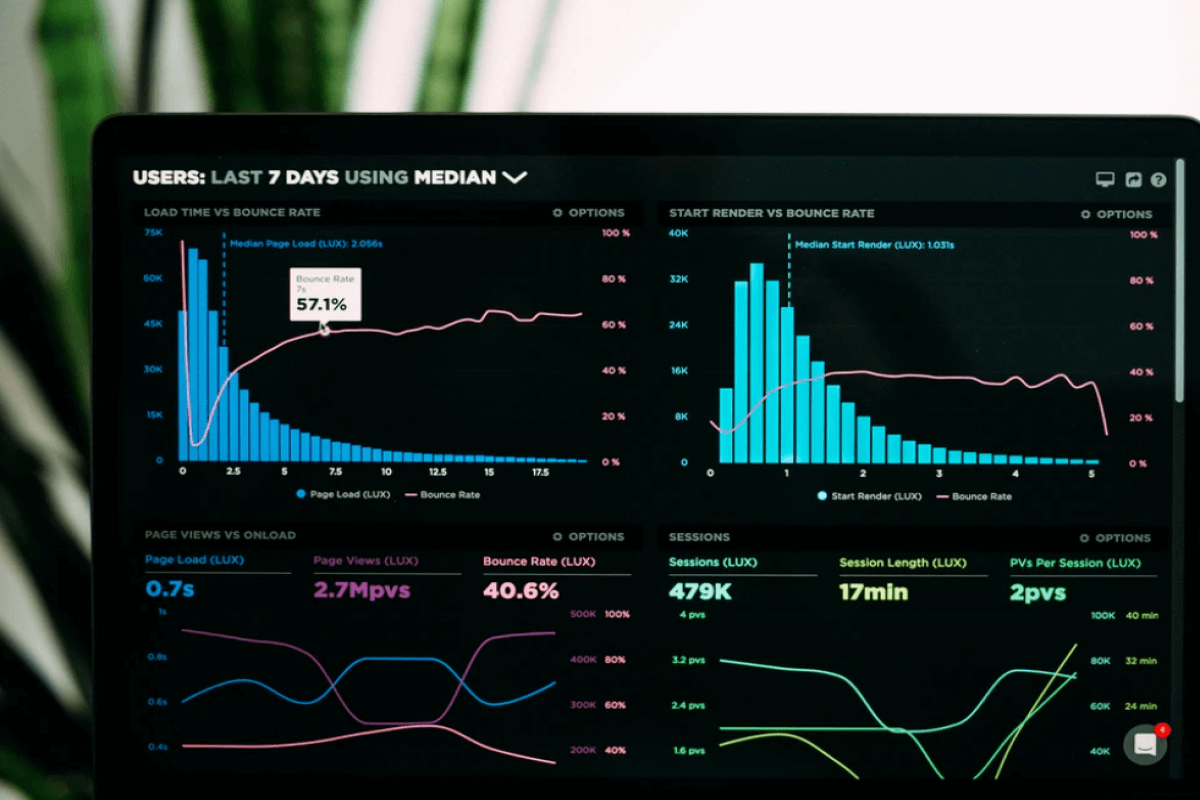
Accounting Standards Update (ASU) 2021-08, Business Combinations (Topic 805): Accounting for Contract Assets and Contract Liabilities from Contracts with Customers is the latest guidance related to accounting for business combinations, including how to calculate goodwill.
In recognizing contracts with customers, a contract liability results when an entity is obligated to transfer goods or services for which the entity has already received consideration or the amount is due, such as deferred revenue. One common example is an annual subscription paid in advance.
A contract asset results when an entity has a right to consideration in exchange for goods or services already transferred, but the right is conditioned on something other than simply the passage of time, such as unbilled receivables. For example, an entity has fulfilled one contract obligation but must meet other obligations before being legally entitled to payment. Alternatively, a receivable results from an unconditional right to payment, except for the passage of time.
Once ASU 2021-08 has been adopted, entities that acquire contract assets and contract liabilities in a business combination will account for those items as if the acquirer entered into the original contract at the same time and on the same date as the acquiree.
Under pre-ASU 2021-08 GAAP rules, assets and liabilities were recorded at fair value as of the acquisition date. This often resulted in inconsistent practice related to recognizing an acquired contract liability and the contract’s payment terms and the acquirer’s recognition of their effect on subsequent revenue. The new ASU will improve comparability for all acquired revenue contracts, regardless of their timing of payment.
For public business entities, ASU 2021-08 will take effect for fiscal years that begin after December 15, 2022, including interim periods within. For all other entities, it will take effect for fiscal years beginning after December 15, 2023, including interim periods within. This will apply prospectively to all business combinations after the effective date. Early adoption will be permitted for financial statements not yet issued or made available for issuance.
Continue exploring Business Combinations and Consolidations with a Becker CPE course.
References
- “Accounting for acquired contract assets and contract liabilities.” PricewaterhouseCoopers, 29 Oct. 2021. https://viewpoint.pwc.com/dt/us/en/pwc/in_depths/2021/accounting_for_acquired/202105/accountingforacquiredcontract.html.
- “A Change to Business Combinations to Consider Early Adopting.” CBIZ, n.d. https://www.cbiz.com/insights/articles/article-details/a-change-to-business-combinations-to-consider-early-adopting.
- Reho, Beth. “How ASU No. 2021-08 Changes the Treatment of Deferred Revenue During an Acquisition.” Cohen & Co., 15 Nov. 2021. https://www.cohencpa.com/knowledge-center/insights/november-2021/how-asu-no-2021-08-changes-the-treatment-of-deferred-revenue-during-an-acquisition.
- Tysiac, Ken. “FASB addresses contract assets, liabilities acquired in a business combination.” Journal of Accountancy, 28 Oct. 2021. https://www.journalofaccountancy.com/news/2021/oct/fasb-contract-assets-labilities-business-combination.html.









